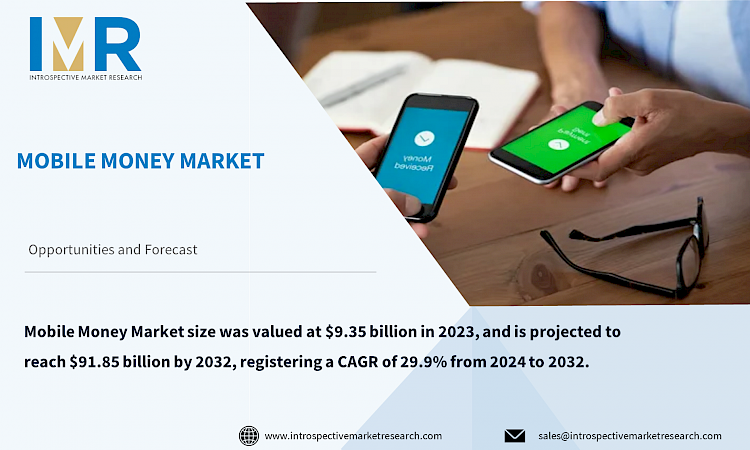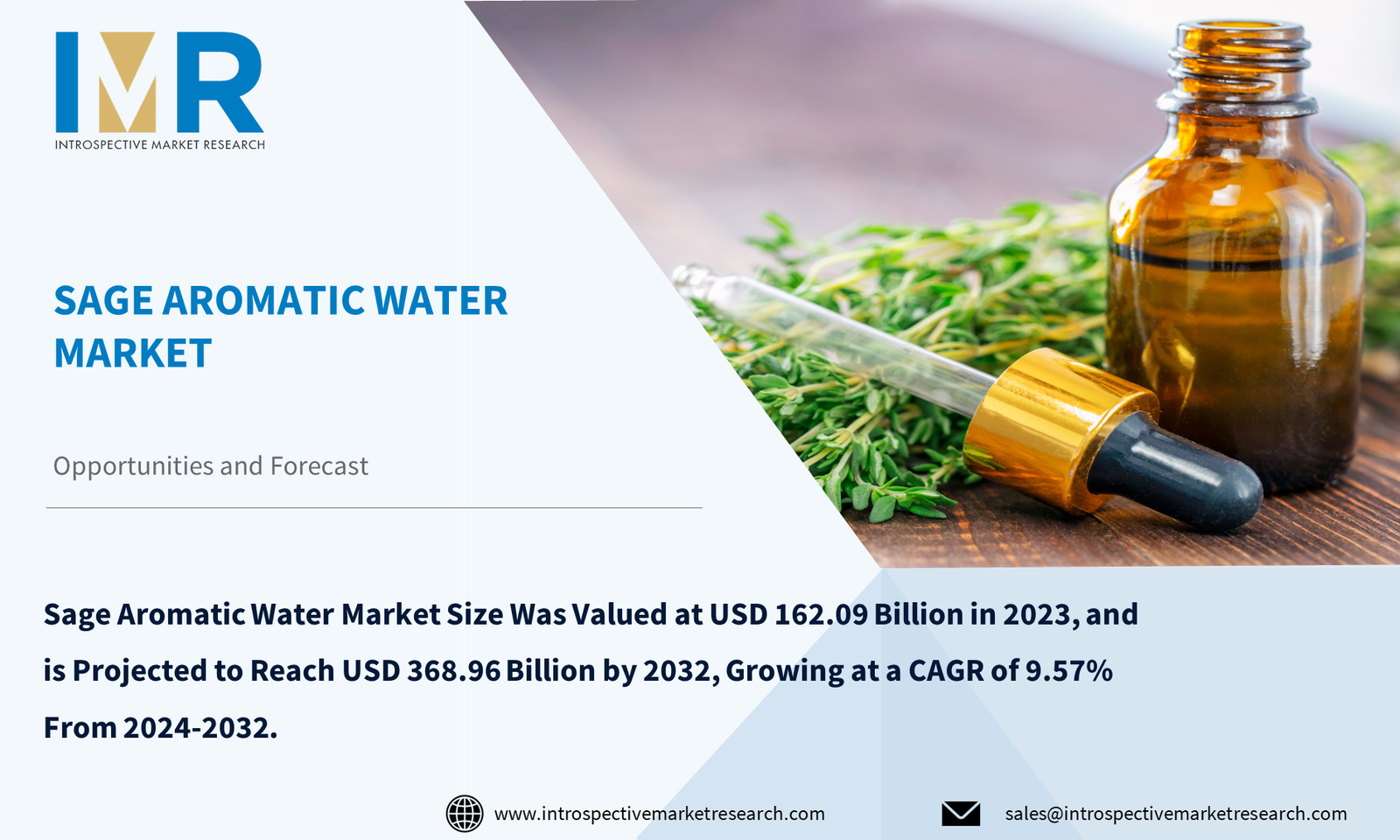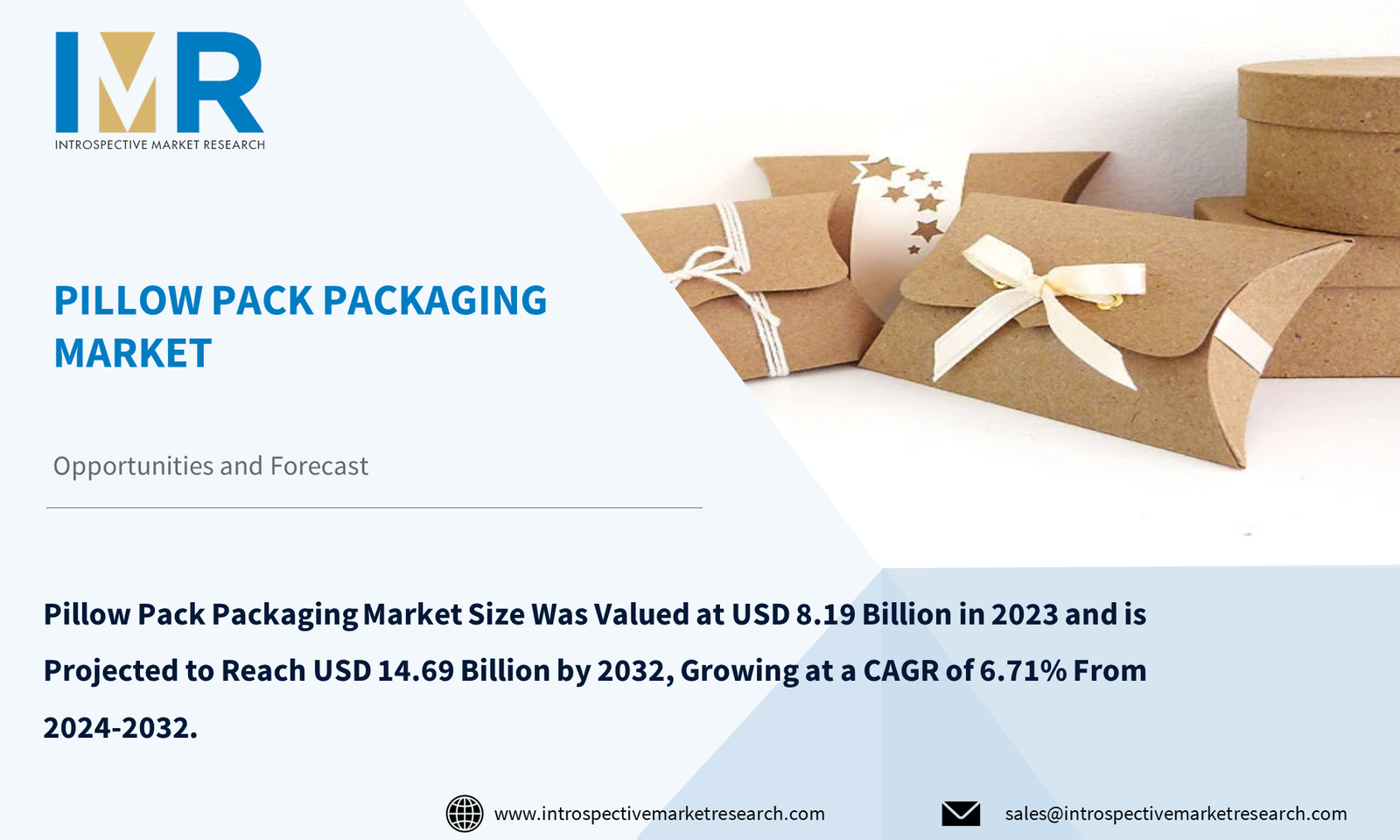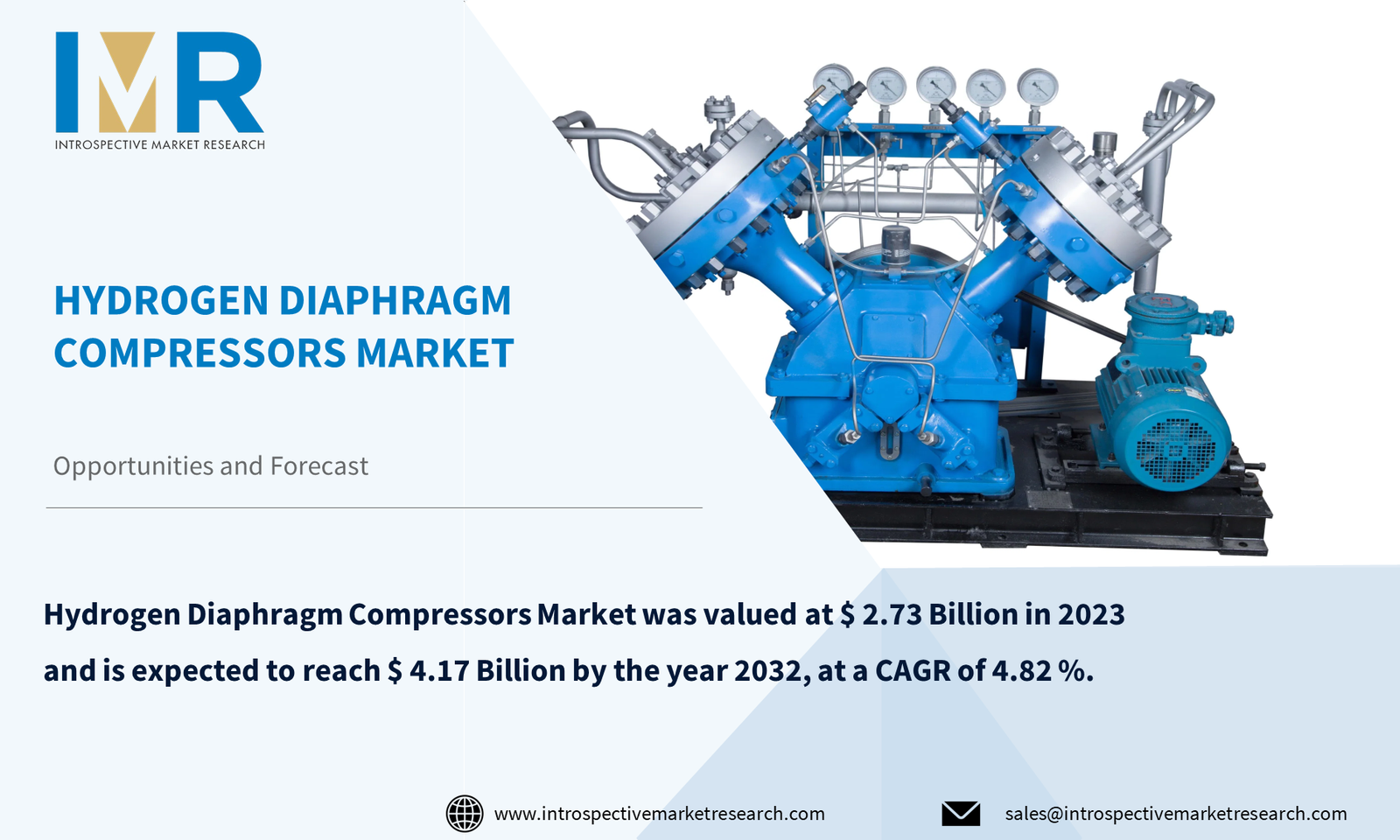Mobile Money Market Synopsis
According to a new report published by Introspective Market Research, titled, “Mobile Money Market by Application and Packaging Type: Global Opportunity Analysis and Industry Forecast, 2024–2032,”
Global Mobile Money Market size was valued at $9.35 billion in 2023, and is projected to reach $91.85 billion by 2032, registering a CAGR of 29.9% from 2024 to 2032.
The term "mobile money" describes financial services and transactions that can be completed using a mobile device such as a smartphone or tablet. These services may or may not be directly linked to a bank account. Mobile money is cash that is produced digitally. In digital payments, both the payer and the recipient send and receive money digitally. This is also known as electronic payment. Real money is not part of mobile money. Mobile is a term used to describe seamless payments made through digital platforms according to industry standards. In addition, mobile payment technology near field communication (NFC) effectively sends encrypted data directly and immediately to the point of sale (POS).
An important factor accelerating the growth of the market is the expansion of government initiatives to support the cashless economy. Other factors include the spread of digital payment-based business models within organizations, improved efficiency of mobile finance, and increased overhead costs, all of which may encourage companies to invest in the development of new mobile payment technologies. Furthermore, increasing flexibility in using mobile money to grow business, increasing availability of NFC-enabled phones, and increasing R&D activity in the market will bring new opportunities to the mobile phone market during the aforementioned forecast period.
An electronic payment, also known as a digital payment, is a payment that transfers money from one payment account to another through a digital device or channel. The landscape of mobile money services is changing with the proliferation of digital payment-based solutions such as mobile wallets, UPI, and card payments. In addition, by integrating these functions with banking operations, they can better visualize data, respond to customer questions, and make complex information accessible. Mobile applications provide real-time information and assistance to end users to improve network security, accelerate digital commerce, and improve customer experience. Wider adoption of such initiatives is expected to open many opportunities for mobile money market players. Key companies are focusing on building alliances and collaborations with other players to introduce advanced solutions based on core technologies such as artificial intelligence and others.
Growing government initiatives to promote a cashless society present a significant opportunity for the mobile money market. Governments around the world are beginning to realize the benefits of moving from a predominantly cash economy to one based on digital payment solutions. Greater transparency, reduction of tax evasion, better financial inclusion, and greater overall financial efficiency are just some of the benefits of this change. Governments are actively promoting the use of digital payment methods among their citizens through various initiatives such as incentives, subsidies, and awareness campaigns. To encourage people and businesses to use mobile services and other electronic payment platforms, these initiatives often offer financial incentives or discounts for payment transactions through digital channels. Promoting free transactions also supports broader economic goals by lowering the production and distribution costs of physical currency, reducing the risks of counterfeiting, and promoting a more open and accountable financial ecosystem.
Global Mobile Money Market, Segmentation
The Mobile Money Market is segmented based on Payment Type, Nature of Payment, Application, Industry Vertical, and region.
Payment Type:
The packaging type segment is further classified into Remote Payment, Proximity Payment. Among these, the proximity payments sub-segment accounted for the highest market share in 2023. In the mobile money market, the contactless payments segment is expected to register a higher CAGR across payment modes during the forecast period. Local payments are made using mobile phones and POS devices. Nowadays, several companies offer applications that allow instant payments. In the context of retail or on-site payments for payments made through a merchant's POS terminal, this is still referred to as an in-store payment. Local payments are used especially over short distances and work when both payer and recipient are in the same place. This payment system initiates a mobile phone transaction either through barcodes or contactless interfaces.
This is done using Near Field Communication (NFC) based technology in an NFC-enabled phone with a mobile wallet placed in the cloud or on a debit/credit card. This payment information is stored in the device, which is read by the corresponding NFC reader in the POS terminal. Local payments are strikingly different from remote payments, as they require payment card data from your bank account and do not require contacting a payment processor to facilitate transactions. The growing adoption of mobile payment technologies in brick-and-mortar businesses will further increase the demand for contactless payments.
Application:
The application segment is further classified into Money Transfers, Transfer and Top-Ups, Bill Payments, Airtime Travel and Ticketing, Other {Merchandise, Coupons}. Among these, the Money Transfers sub-segment is anticipated to show the fastest growth by 2032. The remittance segment of the mobile money market is expected to firmly hold its dominant position during the forecast period. A number of factors support this prediction, but the most important of these are the increasing reliance on offline transfers, deposit and withdrawal transactions and international remittances. Especially in developed countries, the rise in real estate has raised the demand for fast and affordable money transfer services. The large diaspora of developing countries living abroad, in more developed economies, also favors the use of money transfer applications.
Banks and other financial institutions have traditionally been important in facilitating money transfers. However, there has been a significant shift towards conducting these transactions via mobile phones as society continues to embrace and integrate new technologies into everyday life. In addition to convenience, the shift to mobile money transfers also expands the market for these services, enabling even more people to use them. Therefore, the remittance segment is expected to maintain its dominant position in the future and continue to grow the mobile money market.
Market Segmentation
By Payment Type
- Remote Payment
- Proximity Payment
By Nature of Payment
- Person to Person (P2P)
- Person to Business (P2B)
- Business to Person (B2P)
- Business to Business (B2B)
By Transaction Mode
- NFC/Smart card
- Point of Sale (POS)
- Mobile Apps
- QR codes
By Application
- Money Transfers
- Transfer and Top-Ups
- Bill Payments
- Airtime Travel and Ticketing
- Other
By Industry Vertical
- BFSI
- Telecom and IT
- Healthcare
- Media and Entertainment
- Retail
- Other
Region:
The Mobile Money Market in Asia-Pacific is projected to show the fastest growth by 2032. Asia Pacific (APAC) is likely to become the dominant force in the mobile money market during the forecast period. A number of key factors can be attributed to this expected dominance, highlighting the region's remarkable growth curve of mobile money adoption. Due to the high penetration of smartphones, APAC is a pioneer in the adoption of mobile payment solutions. With the high number of smartphones in the region, operators have an ideal platform to launch and deploy advanced mobile services that are increasingly important to residents' daily lives. In addition, the rapid expansion of e-commerce in the APAC region has significantly increased the use of electronic payment methods such as mobile phone services.
A large part of the population lacks direct access to traditional financial services due to the large population and developing economies of the region. Traditional banking often has high operating costs and is difficult to expand to remote and rural areas. Mobile solutions, on the other hand, offer a more affordable option that serves many people and promotes financial inclusion by connecting underserved communities to economic opportunities.
Some of The Leading/Active Market Players Are-
- Google (US)
- FIS (US)
- Paypal (US)
- Mastercard (US)
- Fiserve (US)
- Global Payments (US)
- Square (US)
- Amazon (US)
- Apple (US)
- T- T-Mobile (US) and Other Active Players
Key Industry Developments
- In January 2024, Hitachi Payment Solutions and Yes Bank partnered to launch Hitachi Money Spot Plus in India. The financial inclusion business will operate with a strong focus in Tier 3 and Tier 6 towns across the country.
- In August 2023, Safaricom launched M-Pesa mobile money service in Ethiopia. Safaricom's M-Pesa mobile money service is a boost to the Kenyan telecoms operator as it seeks to kickstart growth in one of Africa's biggest economies.
Key Findings of the Study
- The global Mobile Money Market is projected to grow from $9.35 billion in 2023 to $91.85 billion by 2032, with a CAGR of 29.9% from 2024 to 2032.
- Growth drivers include government initiatives for cashless economies, increased adoption of digital payment models in businesses, and the rise of NFC-enabled phones.
- The Asia-Pacific region is expected to grow fastest due to high smartphone penetration, e-commerce expansion, and the need for financial inclusion in developing economies.
- Key opportunities arise from the growing demand for mobile payment technologies in retail and enhanced efficiency in mobile financial services.







